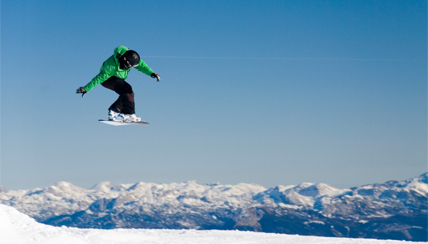Exercise-Induced Asthma: Cold Weather Activities
This information was reviewed and approved by David Tinkelman, MD (4/1/2012).
 Clinical Trials
Clinical Trials
- AJAX Study: New Inhaled Medication for Uncontrolled Asthma
- Creating Asthma Measurements through the MORRE Study
- Identifying Characteristics and Patterns of Asthma
- OCEAN Study for EGPA
- Skin, Airway & Esophageal Epithelial Barriers in Youth
- Treating Deployment-Related Asthma with Supplements
- VALIANT Study: A Potential New Treatment for Severe Asthma

 Unfortunately for people with
Unfortunately for people with